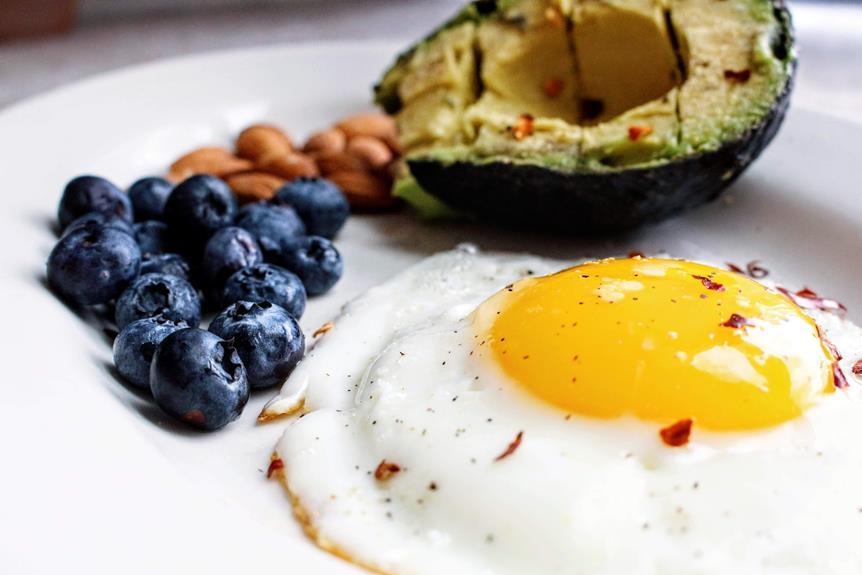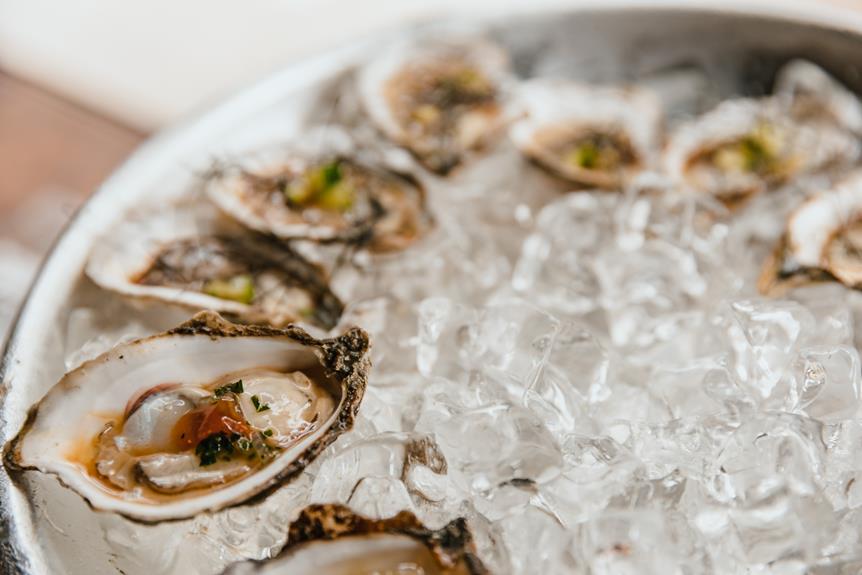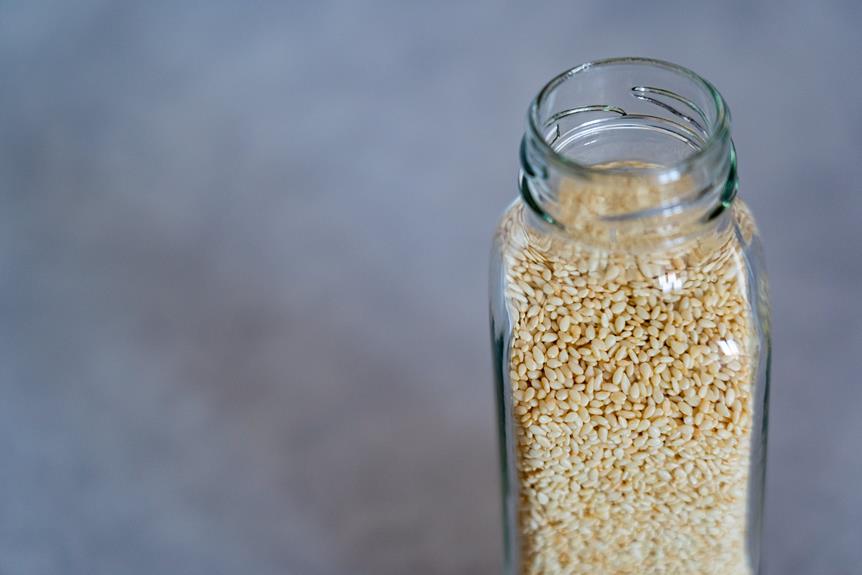Meal planning for a keto diet is a crucial aspect of successfully adhering to this low-carb, high-fat eating regimen. With careful consideration of food choices and portion sizes, individuals can create delicious and satisfying meals that support their health and weight management goals.
By understanding the principles of keto meal planning, individuals can enjoy a variety of nutrient-dense foods while maintaining ketosis, the metabolic state that is central to the diet’s benefits.

Understanding the Keto Diet
The Keto Diet is a way of eating that focuses on low-carb, high-fat foods to help your body enter a state called ketosis. Ketosis is when your body starts burning fat for energy instead of carbohydrates. This change in fuel source can lead to various benefits.
One significant advantage of the keto diet is weight loss. By reducing carbs and increasing fat intake, your body becomes more efficient at burning stored fat, which can result in significant weight loss over time.
Another benefit of the keto diet is improved mental clarity and focus. When your body is in ketosis, it produces ketones, which provide a stable and efficient source of energy for your brain. Many people report increased mental clarity, improved concentration, and reduced brain fog while following the keto diet.
However, it’s important to be aware of the potential risks of the keto diet. One risk is nutrient deficiencies since the diet limits many high-carb foods. It can be challenging to get enough vitamins and minerals, so careful meal planning is essential to ensure you’re meeting your body’s nutritional needs.
Another potential risk is experiencing side effects, often referred to as the ‘keto flu.’ These symptoms may include fatigue, dizziness, headaches, and nausea as your body adjusts to the low-carb, high-fat eating plan. It’s crucial to stay hydrated, consume enough electrolytes, and gradually transition into the keto diet to minimize these side effects.
Setting Your Keto Diet Goals
When you set your goals for your keto diet, make sure they’re specific and measurable. This will help you keep track of your progress and stay motivated. Here are some tips to help you set your goals:
- Determine how much weight you want to lose and set a realistic timeline for achieving your goal. Remember, it’s important to lose weight gradually and sustainably.
- Find a way to track your progress that works for you. This could be keeping a food journal, using a tracking app, or taking regular measurements. By monitoring your progress, you’ll stay accountable and motivated.
- As you continue on your keto journey, you may need to adjust your macros to keep seeing results. Pay attention to how your body responds to different macronutrient ratios and make necessary adjustments to optimize your weight loss.
Calculating Your Macros
To calculate your macros for a keto diet, you can use an online calculator or consult with a nutritionist. It’s important to accurately calculate your macros for a successful keto journey.
The three main macronutrients in a keto diet are fats, proteins, and carbohydrates. Your specific macro requirements may vary based on factors such as weight, age, activity level, and health goals.
To calculate your macros accurately, start by determining your daily caloric intake goal. This can be done by considering your weight loss or maintenance goals. Online calculators can help estimate your caloric needs. Once you have your calorie goal, you can adjust your macros accordingly.
For a ketogenic diet, the general recommendation is to consume 70-75% of your daily calories from fat, 20-25% from protein, and 5-10% from carbohydrates. However, these percentages can be customized to meet your individual needs.
If your goal is weight loss, you may need to adjust your macros to create a calorie deficit. This can be achieved by slightly reducing your fat intake while maintaining an adequate protein intake. It’s important to find a balance that allows for weight loss while still providing enough energy and nutrients for your body.
Stocking Your Keto Pantry
When stocking your keto pantry, it’s important to have a variety of low-carb, high-fat ingredients on hand. This will make it easier for you to stay on track and prepare delicious meals.
Here are three key items to include:
- Healthy Fats: Opt for coconut oil, olive oil, and avocado oil. These fats are essential for a keto diet and can be used for cooking, dressing salads, and adding flavor to your meals.
- Low-Carb Staples: Keep almond flour, coconut flour, and psyllium husk powder in your pantry. These ingredients can be used as substitutes for traditional flours and can help you create keto-friendly baked goods and bread alternatives.
- Flavor Enhancers: To add depth and flavor to your keto meals, have a variety of seasonings and spices on hand. Stock up on herbs like basil, oregano, and thyme, as well as spices like paprika, cumin, and chili powder. These will ensure your dishes are tasty and satisfying.
Creating a Weekly Meal Plan
Planning your meals saves time and keeps you on track with your keto goals. When grocery shopping, a well-thought-out meal plan makes a huge difference.
Start by brainstorming meal ideas for the week. Consider your favorite keto-friendly recipes and include them in your plan. Once you have a list of meals, create a shopping list with all the necessary ingredients. This keeps you organized and avoids last-minute store trips.
Save time by looking for recipes that can be batch-cooked or prepped in advance. This way, you spend less time in the kitchen during the week while enjoying delicious meals. Don’t forget to incorporate leftovers into your plan to save time and reduce food waste.
By following these steps, you can streamline your keto diet and stay on track with ease.
Preparing Keto-Friendly Recipes
Now that you have your carefully planned meal schedule and shopping list, it’s time to dive into preparing delicious and keto-friendly recipes. With a bit of preparation and creativity, you can enjoy a variety of tasty meals while sticking to your keto diet.
Here are some tips to help you with your keto-friendly meal prep, along with some quick and easy keto recipes to get you started.
Make sure to plan and prep your meals in advance. Spend some time on the weekend preparing ingredients, such as cutting vegetables or marinating meats. This way, you can easily put together a keto-friendly meal during the busy weekdays without any hassle.
It’s also important to stock up on keto pantry staples. Keep your pantry filled with keto-friendly ingredients like coconut oil, almond flour, and spices. This ensures that you always have the basics on hand for cooking your favorite keto recipes.
Now, let’s explore some quick and easy keto recipes. From simple salads with grilled chicken to flavorful stir-fries with low-carb vegetables, there are plenty of options to choose from. Feel free to experiment with different flavors and ingredients to keep things interesting and exciting.
For example, you can try a refreshing salad with mixed greens, grilled chicken, avocado, and a tangy vinaigrette dressing. Or, whip up a delicious stir-fry with shrimp, broccoli, and mushrooms seasoned with garlic and ginger. The possibilities are endless!
Incorporating Healthy Fats and Proteins
To have a well-rounded and balanced keto diet, it’s important to include healthy fats and proteins in your meals. Meal prep is a great way to ensure you have keto-friendly options readily available.
When it comes to healthy fats, you can choose avocados, olive oil, and coconut oil. These fats not only provide essential nutrients but also help keep you feeling full and satisfied.
For protein, opt for lean sources like chicken, turkey, fish, and tofu. Including these in your meals will support muscle growth, and repair, and help maintain steady energy levels throughout the day.
In addition to main meals, having keto-friendly snacks on hand is crucial. Nuts, seeds, and cheese are quick and easy sources of healthy fats and protein. Hard-boiled eggs, Greek yogurt, and jerky are also great options.
Preparing these snacks ahead of time and portioning them into grab-and-go containers can make it easier to stick to your keto diet, even when you’re on the go.
Snack Ideas for a Keto Diet
When you’re on a keto diet, it’s important to have a variety of snacks that are low in carbs and high in healthy fats and protein. Here are some tasty snack ideas to keep you on track:
- Avocado Deviled Eggs: Cut a ripe avocado in half and remove the pit. Scoop out some flesh to make room for the filling. Mash the avocado with mayonnaise, mustard, and spices. Fill the avocado halves with the mixture and sprinkle paprika on top.
- Cheese and Pepperoni Roll-Ups: Take a slice of your favorite cheese and place a few slices of pepperoni on top. Roll it up and enjoy! This simple snack is packed with flavor and protein.
- Keto-Friendly Desserts: Satisfy your sweet tooth with keto-friendly desserts like chocolate avocado mousse, keto cheesecake bites, or peanut butter fat bombs. These treats are low in carbs and high in healthy fats, making them a guilt-free indulgence.
These snack ideas not only taste delicious but also provide the nutrients your body needs while keeping you in ketosis. Enjoy these low carb options and stay on track with your keto diet goals.
Staying on Track With Keto-Friendly Tips
To successfully stick to your keto diet, it’s important to follow these helpful tips and strategies.
Staying motivated is key to reaching your goals and maintaining a healthy lifestyle. One way to stay motivated is by setting small, achievable goals for yourself. Celebrate your successes along the way, no matter how small they may seem.
Another tip is to find a support system. Connect with others who are also following the keto diet and share your experiences, challenges, and victories. This sense of belonging can encourage and keep you accountable.
Dealing with the keto flu can be a challenge while on the keto diet. The keto flu refers to the symptoms that some people experience when they first transition to a ketogenic diet. These symptoms can include fatigue, headaches, irritability, and nausea.
To alleviate these symptoms, it’s important to stay hydrated, replenish electrolytes, and ensure you’re getting enough nutrients from your meals. Adding a pinch of salt to your water or incorporating electrolyte-rich foods like avocados and leafy greens into your meals can help combat the keto flu.
Conclusion
By incorporating a variety of nutrient-dense foods and making use of meal-prepping techniques, individuals can simplify the process of adhering to a keto lifestyle and experience the benefits of increased energy levels and improved weight management.









